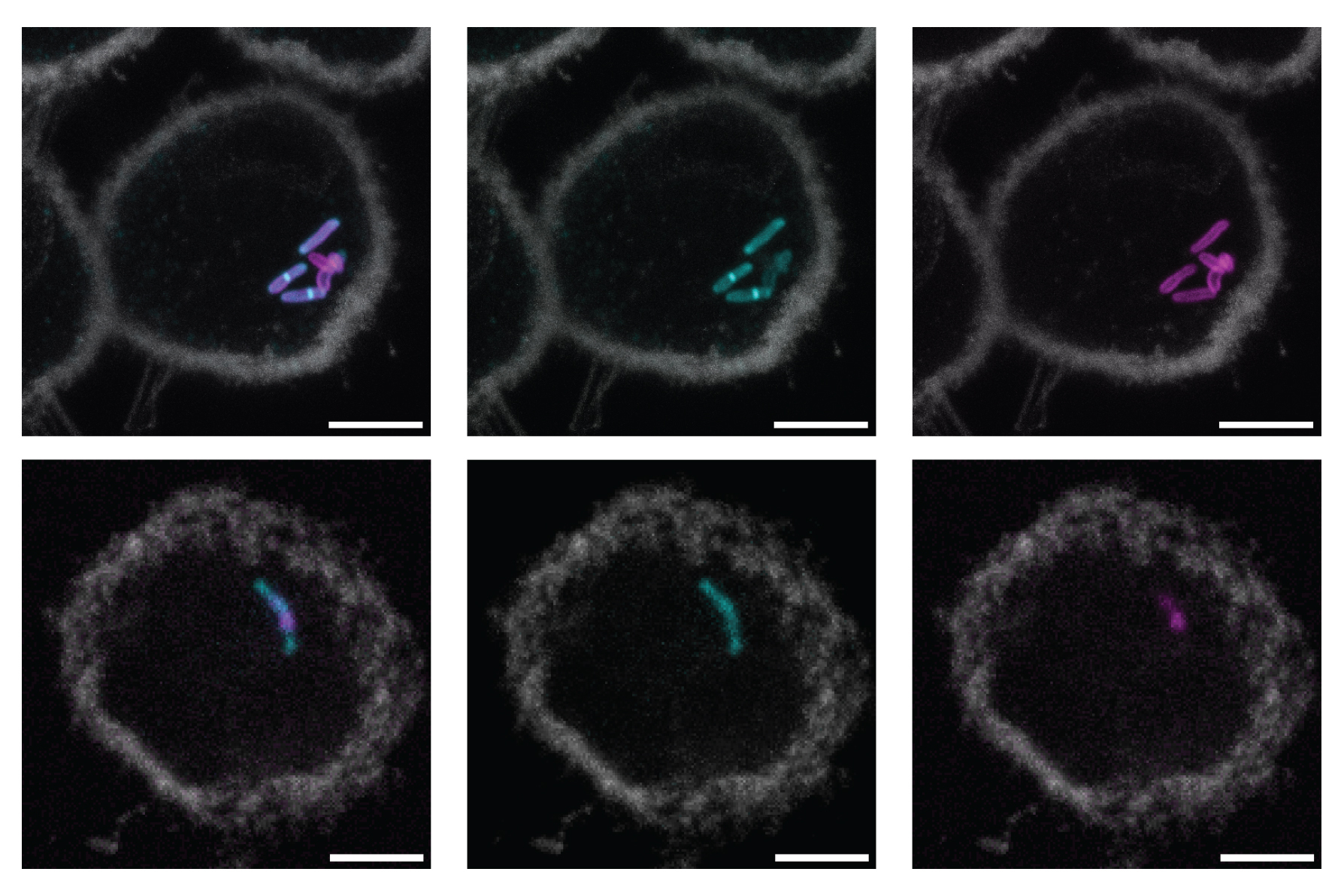Energy storage from a chemistry perspective
Eli Paster SM ’10, PhD '14 is the CEO of PolyJoule, a startup working to reinvent energy storage technology to increase efficiency and reduce costs.
The transition toward a more sustainable, environmentally sound electrical grid has driven an upsurge in renewables like solar and wind. But something as simple as cloud cover can cause grid instability, and wind power is inherently unpredictable. This intermittent nature of renewables has invigorated the competitive landscape for energy storage companies looking to enhance power system flexibility while enabling the integration of renewables.
“Impact is what drives PolyJoule more than anything else,” says CEO Eli Paster. “We see impact from a renewable integration standpoint, from a curtailment standpoint, and also from the standpoint of transitioning from a centralized to a decentralized model of energy-power delivery.”
PolyJoule is a Billerica, Massachusetts-based startup that’s looking to reinvent energy storage from a chemistry perspective. Co-founders Ian Hunter of MIT’s Department of Mechanical Engineering and Tim Swager of the Department of Chemistry are longstanding MIT professors considered luminaries in their respective fields. Meanwhile, the core team is a small but highly skilled collection of chemists, manufacturing specialists, supply chain optimizers, and entrepreneurs, many of whom have called MIT home at one point or another.
“The ideas that we work on in the lab, you’ll see turned into products three to four years from now, and they will still be innovative and well ahead of the curve when they get to market,” Paster says. “But the concepts come from the foresight of thinking five to 10 years in advance. That’s what we have in our back pocket, thanks to great minds like Ian and Tim.”
PolyJoule takes a systems-level approach married to high-throughput, analytical electrochemistry that has allowed the company to pinpoint a chemical cell design based on 10,000 trials. The result is a battery that is low-cost, safe, and has a long lifetime. It’s capable of responding to base loads and peak loads in microseconds, allowing the same battery to participate in multiple power markets and deployment use cases.
In the energy storage sphere, interesting technologies abound, but workable solutions are few and far between. But Paster says PolyJoule has managed to bridge the gap between the lab and the real world by taking industry concerns into account from the beginning. “We’ve taken a slightly contrarian view to all of the other energy storage companies that have come before us that have said, ‘If we build it, they will come.’ Instead, we’ve gone directly to the customer and asked, ‘If you could have a better battery storage platform, what would it look like?’”
With commercial input feeding into the thought processes behind their technological and commercial deployment, PolyJoule says they’ve designed a battery that is less expensive to make, less expensive to operate, safer, and easier to deploy.
Traditionally, lithium-ion batteries have been the go-to energy storage solution. But lithium has its drawbacks, including cost, safety issues, and detrimental effects on the environment. But PolyJoule isn’t interested in lithium — or metals of any kind, in fact. “We start with the periodic table of organic elements,” says Paster, “and from there, we derive what works at economies of scale, what is easy to converge and convert chemically.”
Having an inherently safer chemistry allows PolyJoule to save on system integration costs, among other things. PolyJoule batteries don’t contain flammable solvents, which means no added expenses related to fire mitigation. Safer chemistry also means ease of storage, and PolyJoule batteries are currently undergoing global safety certification (UL approval) to be allowed indoors and on airplanes. Finally, with high power built into the chemistry, PolyJoule’s cells can be charged and discharged to extremes, without the need for heating or cooling systems.
“From raw material to product delivery, we examine each step in the value chain with an eye towards reducing costs,” says Paster. It all starts with designing the chemistry around earth-abundant elements, which allows the small startup to compete with larger suppliers, even at smaller scales. Consider the fact that PolyJoule’s differentiating material cost is less than $1 per kilogram, whereas lithium carbonate sells for $20 per kilogram.
On the manufacturing side, Paster explains that PolyJoule cuts costs by making their cells in old paper mills and warehouses, employing off-the-shelf equipment previously used for tissue paper or newspaper printing. “We use equipment that has been around for decades because we don’t want to create a cutting-edge technology that requires cutting-edge manufacturing,” he says. “We want to create a cutting-edge technology that can be deployed in industrialized nations and in other nations that can benefit the most from energy storage.”
PolyJoule’s first customer is an industrial distributed energy consumer with baseline energy consumption that increases by a factor of 10 when the heavy machinery kicks on twice a day. In the early morning and late afternoon, it consumes about 50 kilowatts for 20 minutes to an hour, compared to a baseline rate of 5 kilowatts. It’s an application model that is translatable to a variety of industries. Think wastewater treatment, food processing, and server farms — anything with a fluctuation in power consumption over a 24-hour period.
By the end of the year, PolyJoule will have delivered its first 10 kilowatt-hour system, exiting stealth mode and adding commercial viability to demonstrated technological superiority. “What we’re seeing, now is massive amounts of energy storage being added to renewables and grid-edge applications,” says Paster. “We anticipated that by 12-18 months, and now we’re ramping up to catch up with some of the bigger players.”





